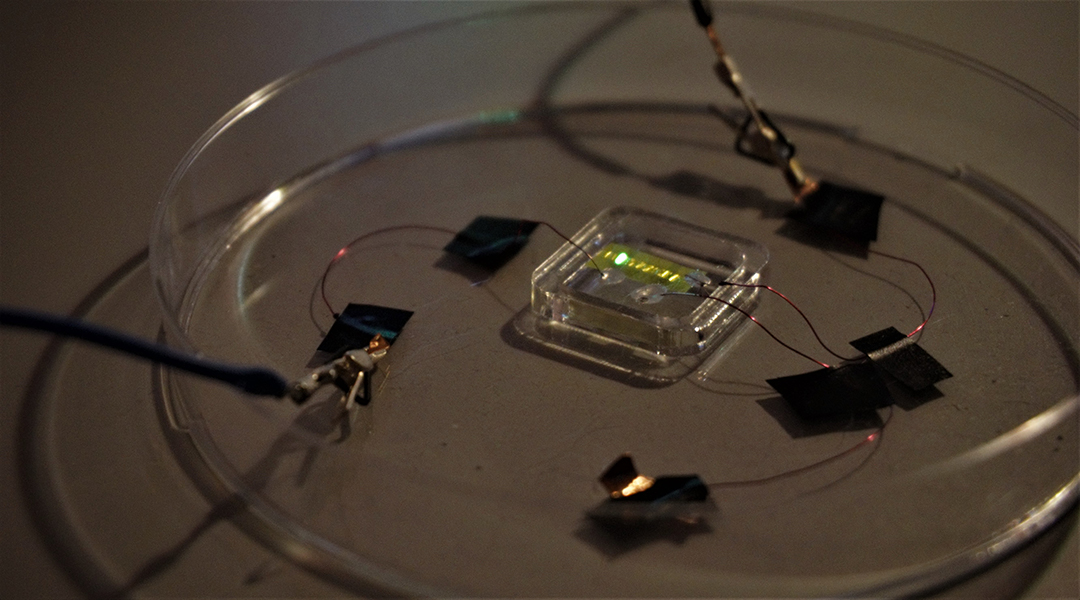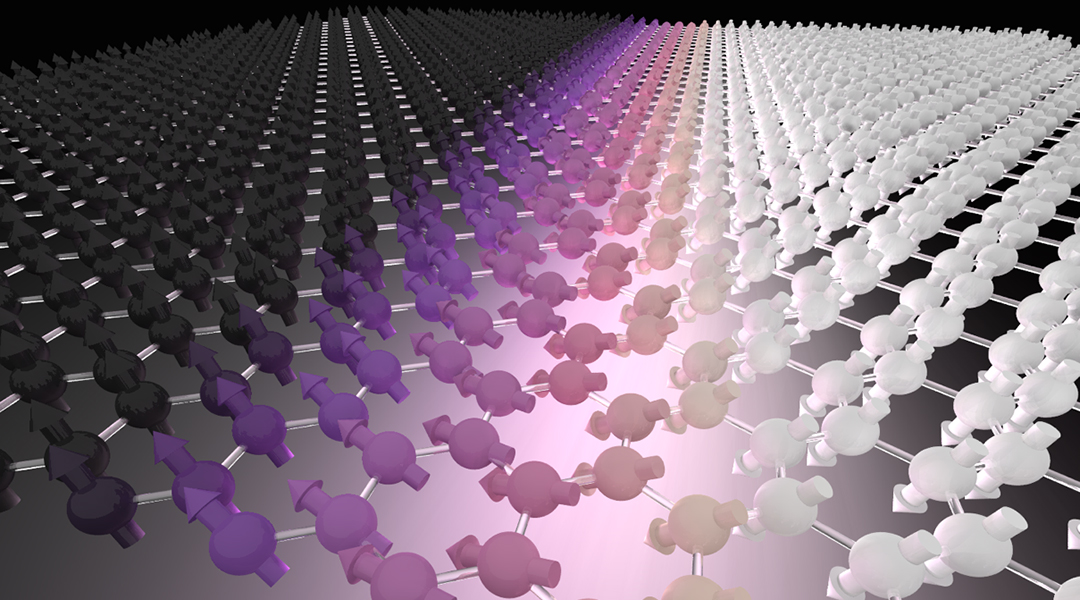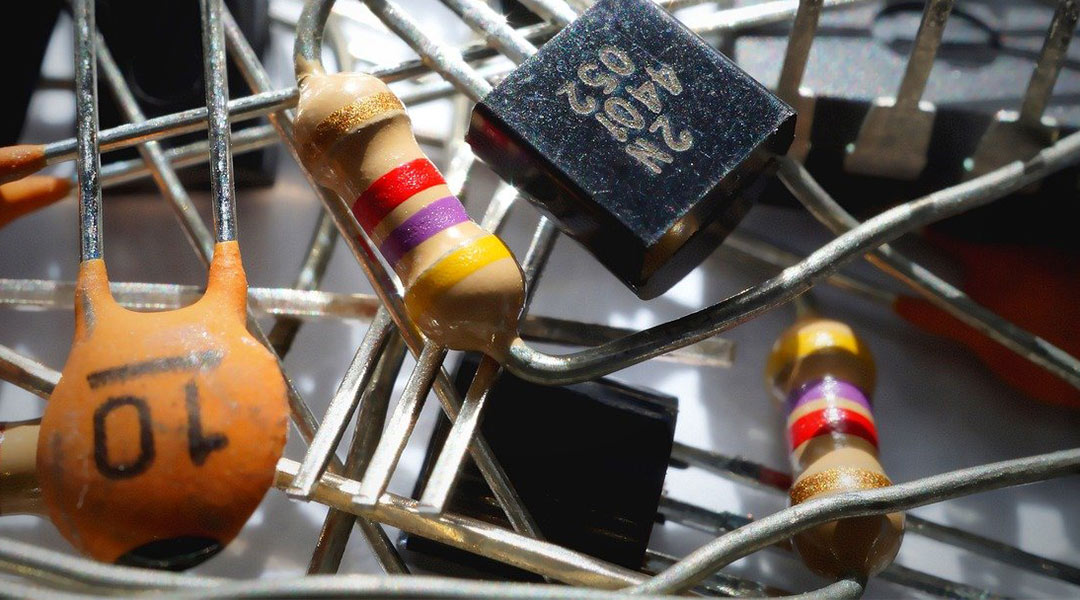“Cool gadgets” takes on new meaning as scientists develop a radiative cooler that keeps wearable device temperature down, even under direct sunlight.


“Cool gadgets” takes on new meaning as scientists develop a radiative cooler that keeps wearable device temperature down, even under direct sunlight.

A new fabrication method allows researchers to create ultra-thin OLED materials that can be applied to the skin using temporary tattoo paper.

Using theoretical and experimental analysis, researchers aim to better understand the novel and intriguing magnetic properties of 2D materials for the next generation of information technologies.

The Achilles heel of supercapacitors as energy storage devices, is gradually being overcome.

Driven by a machine learning algorithm, the closed-loop biohybrid device maintained a set membrane voltage in human stem cells for 10 hours.

Computer simulations provide a better means of optimizing, predicting, and understanding experimental observations in the search for new battery materials.

Simulations at Graz University of Technology refute earlier theories on long-range charge transfer between organic and inorganic materials.

Cellulose-based energy storage devices could provide a viable solution to creating sustainable, inexpensive electronics.

Researchers explore an alternative, green supercapacitor concept that relies on seawater and carbon fibers derived from waste cotton.

Developing a battery-free electronic sensor to monitor the forest.